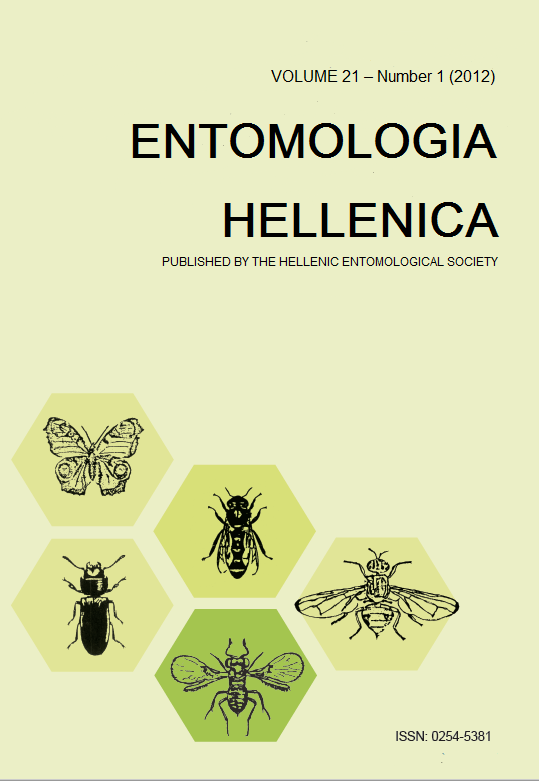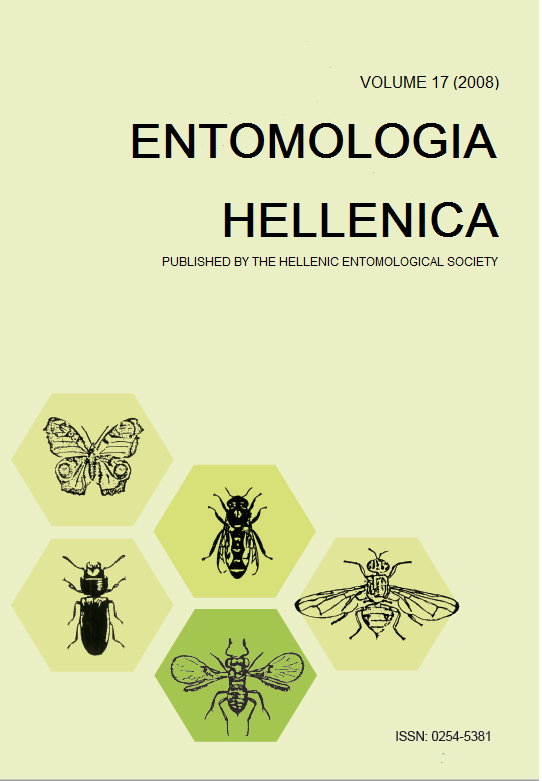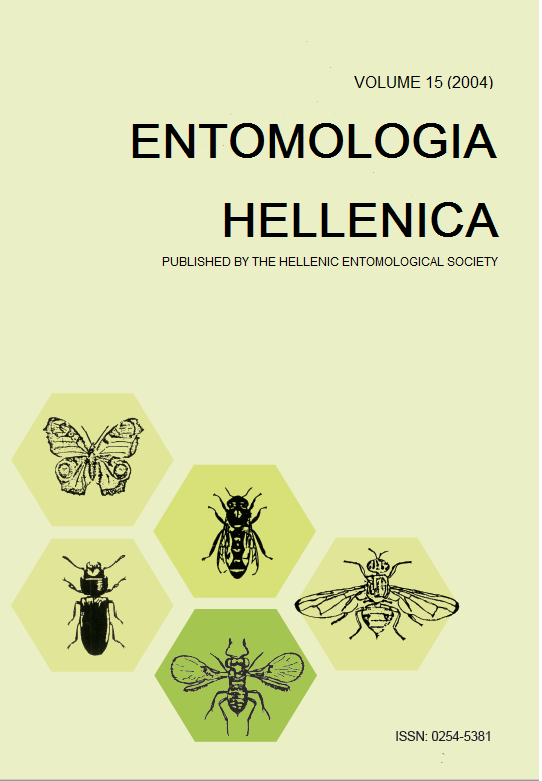Selection of Macrolophus melanotoma between its main non-crop host plant (Dittrichia viscosa) and eggplant, pepper and tomato, in choice experiments

Abstract
The host plant selection of the predator Macrolophus melanotoma (Costa) (=M. caliginosus Wagner) (Hemiptera: Miridae) was studied between: i) its major non-crop host plant, Dittrichia viscosa L. (W. Greuter) (Asteraceae) and the solanaceous plants eggplant, pepper and tomato, and ii) between eggplant, pepper and tomato, in choice experiments. The experiments were performed in cages where two potted plants without prey were placed. In each replicate, an adult predator was released in the centre of the cage or on the solanaceous plant. The position of the released predator in each cage was recorded at intervals of 20min, 1, 2, and 24h after its introduction. The results showed that M. melanotoma had a high selection preference rate for its origin host plant (D. viscosa) irrespectively of the solanaceous plant that was present in the cage. The experiments investigating the relative preference of M. melanotoma when given access only to solanaceous plants revealed that it preferred eggplant at higher rates than pepper and tomato. These data indicate that M. melanotoma originating from D. viscosa patches might have a very low potential to colonize pepper or tomato crops in the open field. However, its potential to colonize eggplant crops should be further evaluated.
Article Details
- How to Cite
-
Lykouressis, D., Perdikis, D., & Kallioras, C. (2012). Selection of Macrolophus melanotoma between its main non-crop host plant (Dittrichia viscosa) and eggplant, pepper and tomato, in choice experiments. ENTOMOLOGIA HELLENICA, 21(1), 3–12. https://doi.org/10.12681/eh.11513
- Issue
- Vol. 21 No. 1 (2012)
- Section
- Articles

This work is licensed under a Creative Commons Attribution-NonCommercial-ShareAlike 4.0 International License.
Authors who publish with this journal agree to the following terms:
Authors retain copyright and grant the journal right of first publication with the work simultaneously licensed under a Creative Commons 4.0 license.
Authors are able to enter into separate, additional contractual arrangements for the non-exclusive distribution of the journal's published version of the work (e.g. post it to an institutional repository or publish it in a book), with an acknowledgement of its initial publication in this journal. Authors are permitted and encouraged to post their work online (preferably in institutional repositories or on their website) prior to and during the submission process, as it can lead to productive exchanges, as well as earlier and greater citation of published work.




